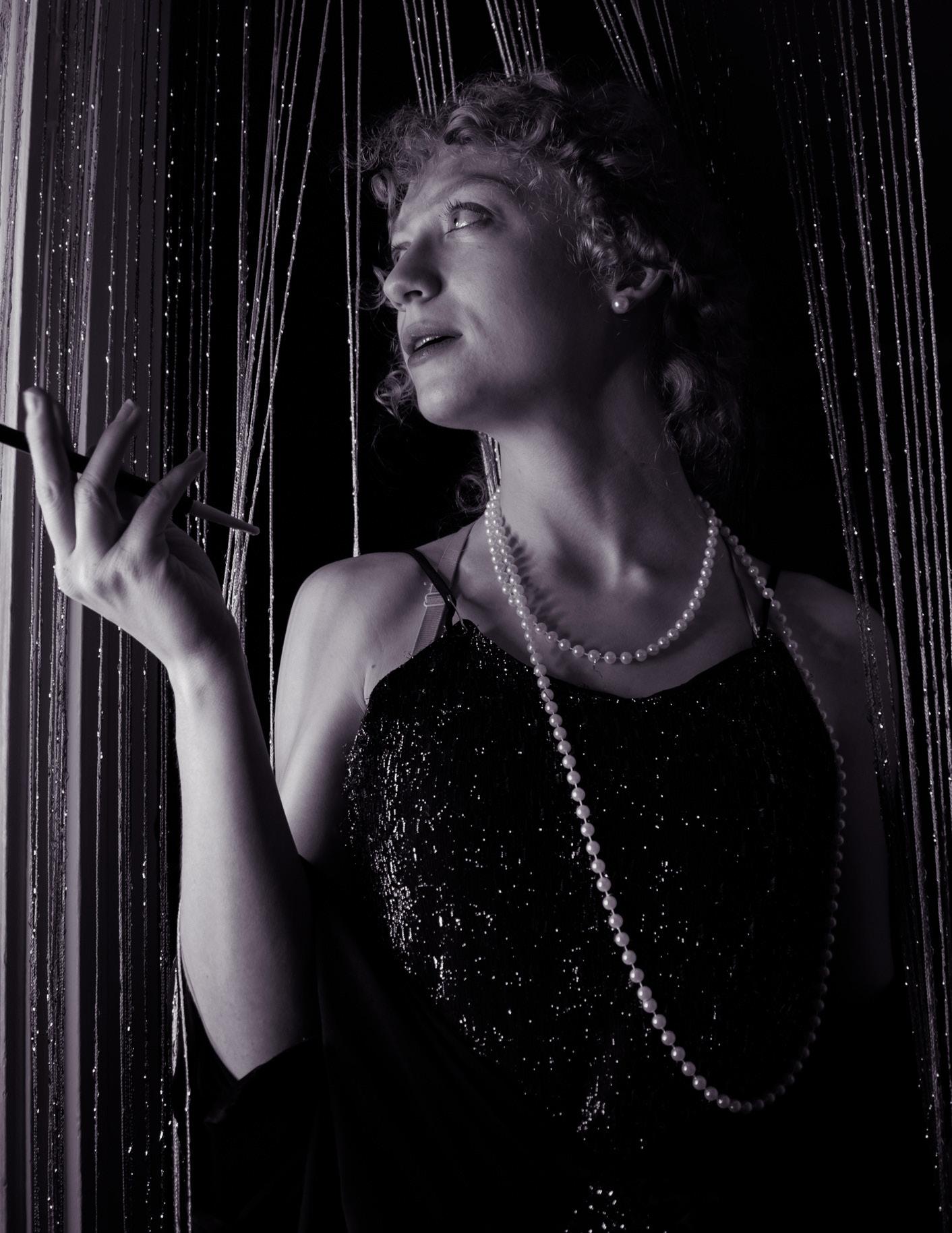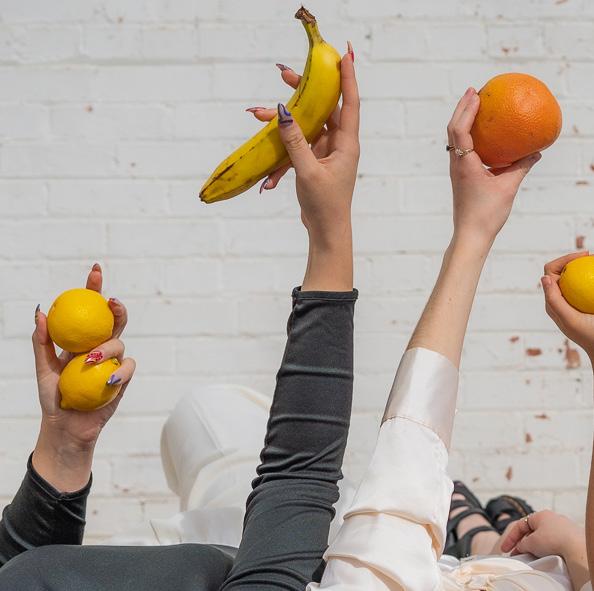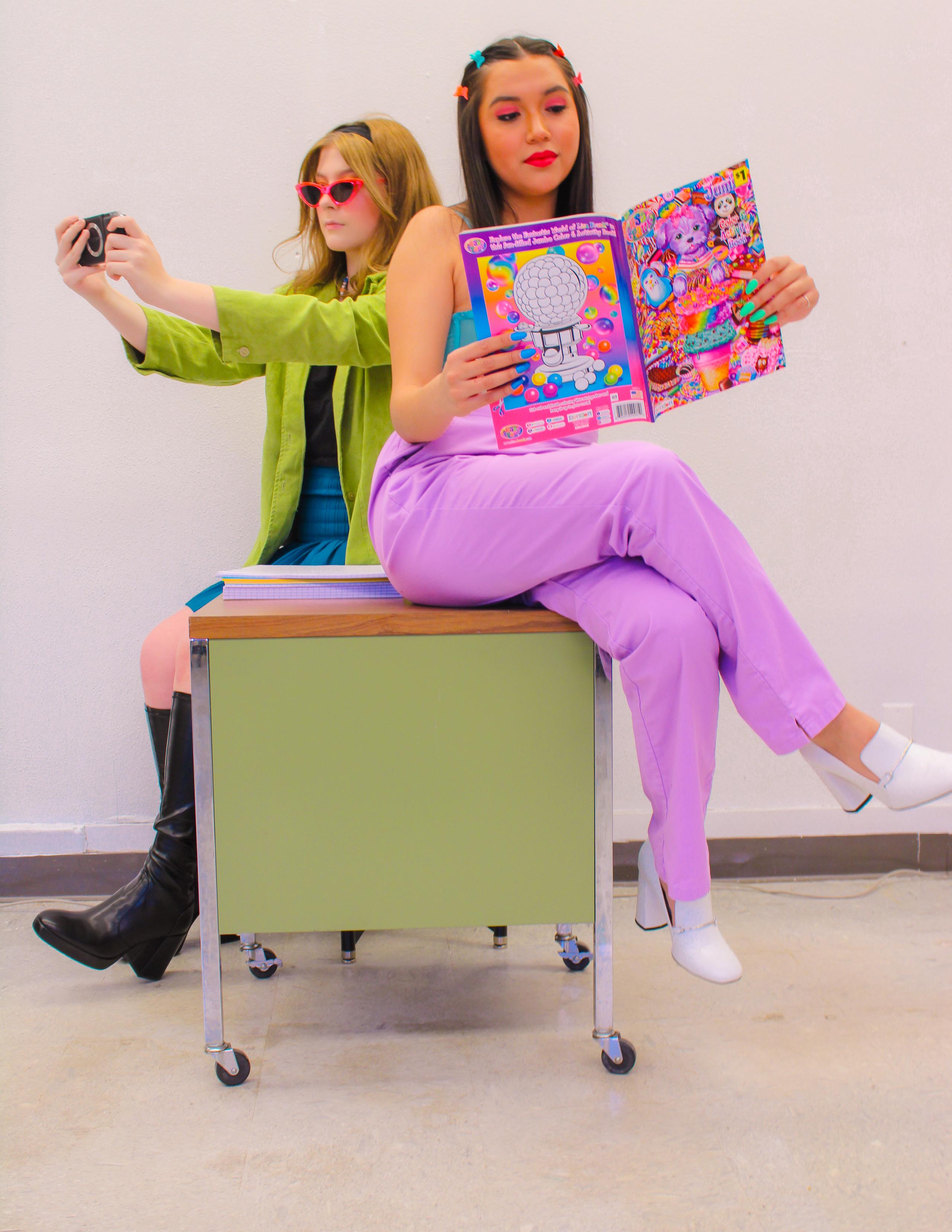
8 minute read
Women’s Best Friend
from April 2021
by modmuze
Woman’s Best Friend St yl ist : C arson K roek r
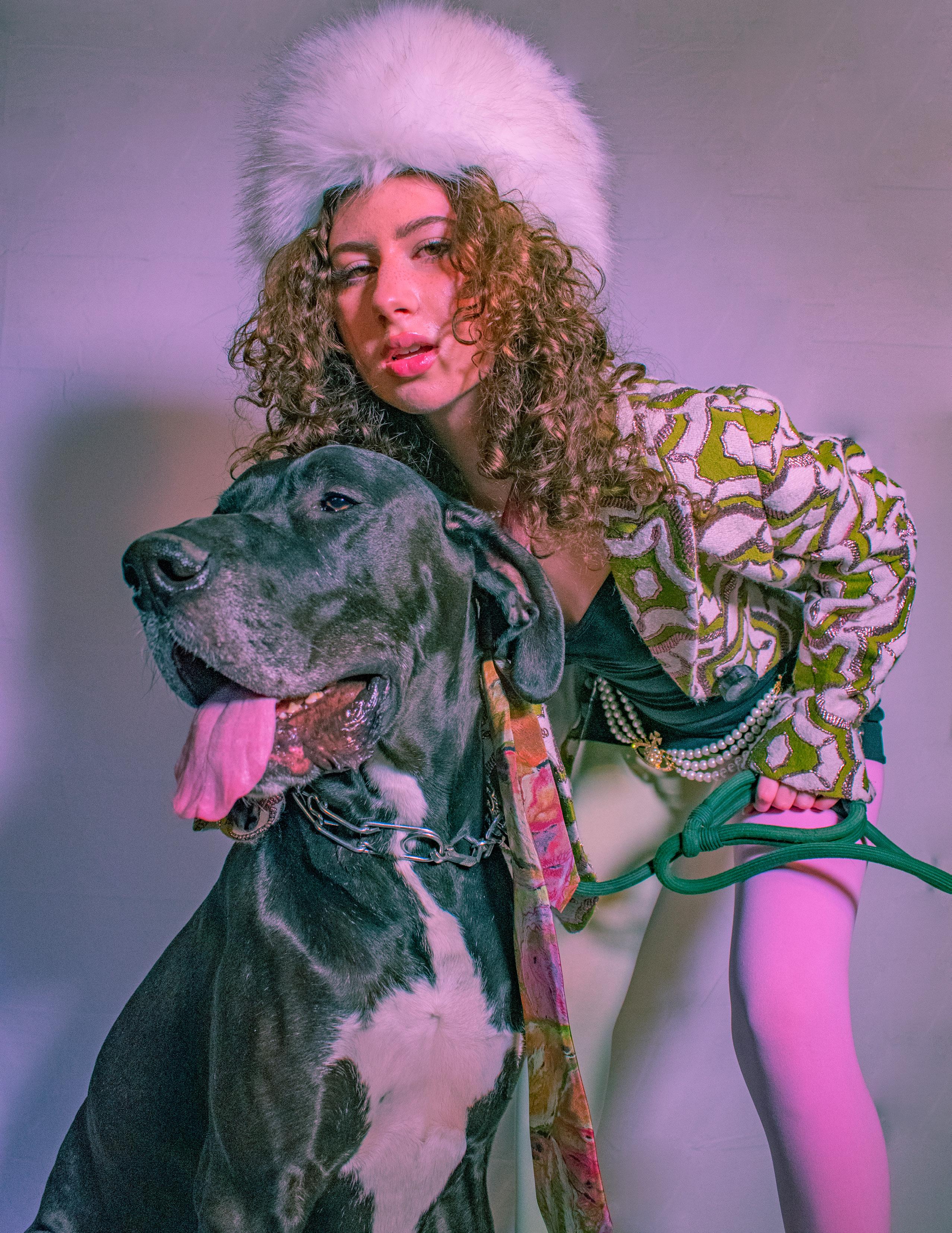
Advertisement
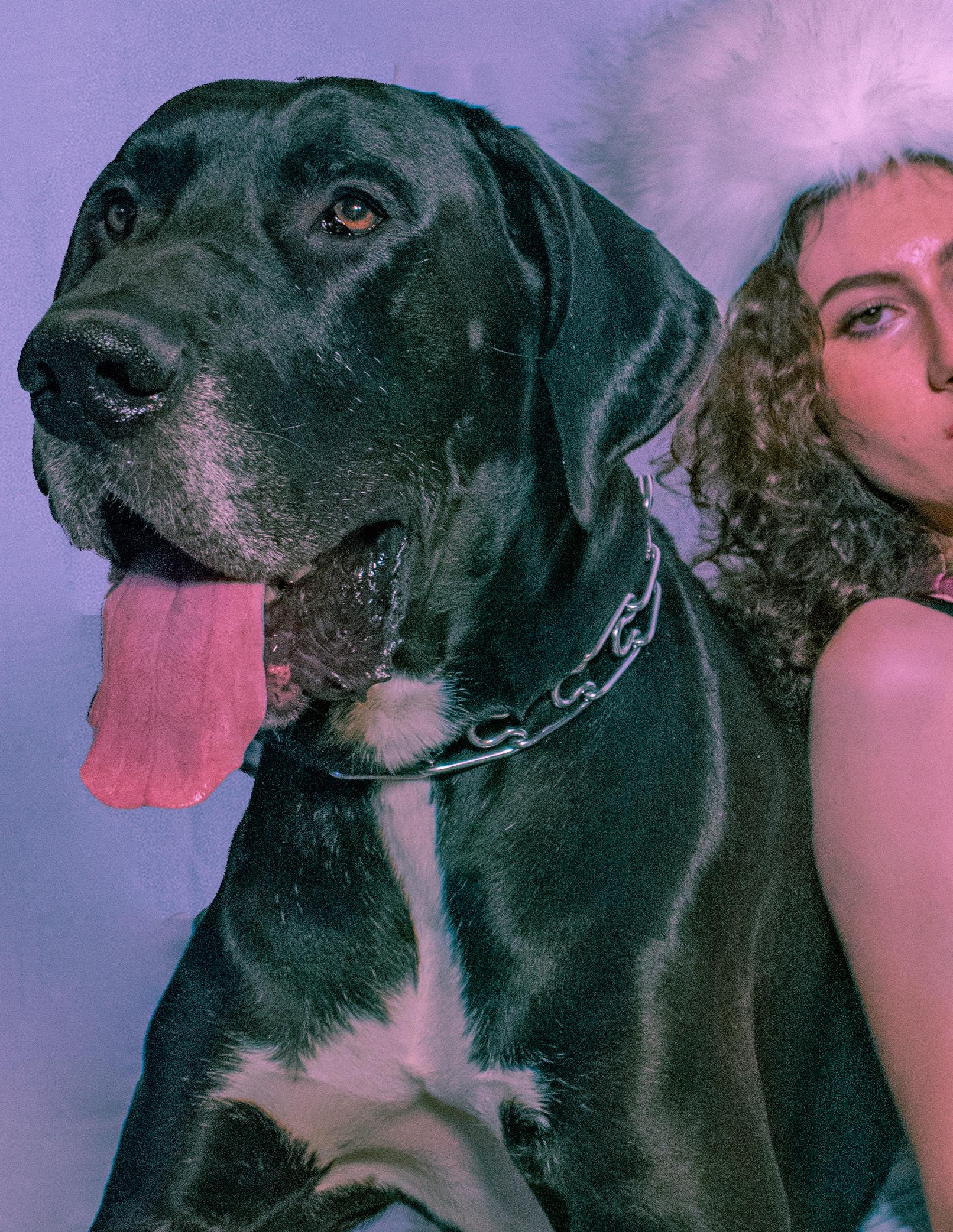
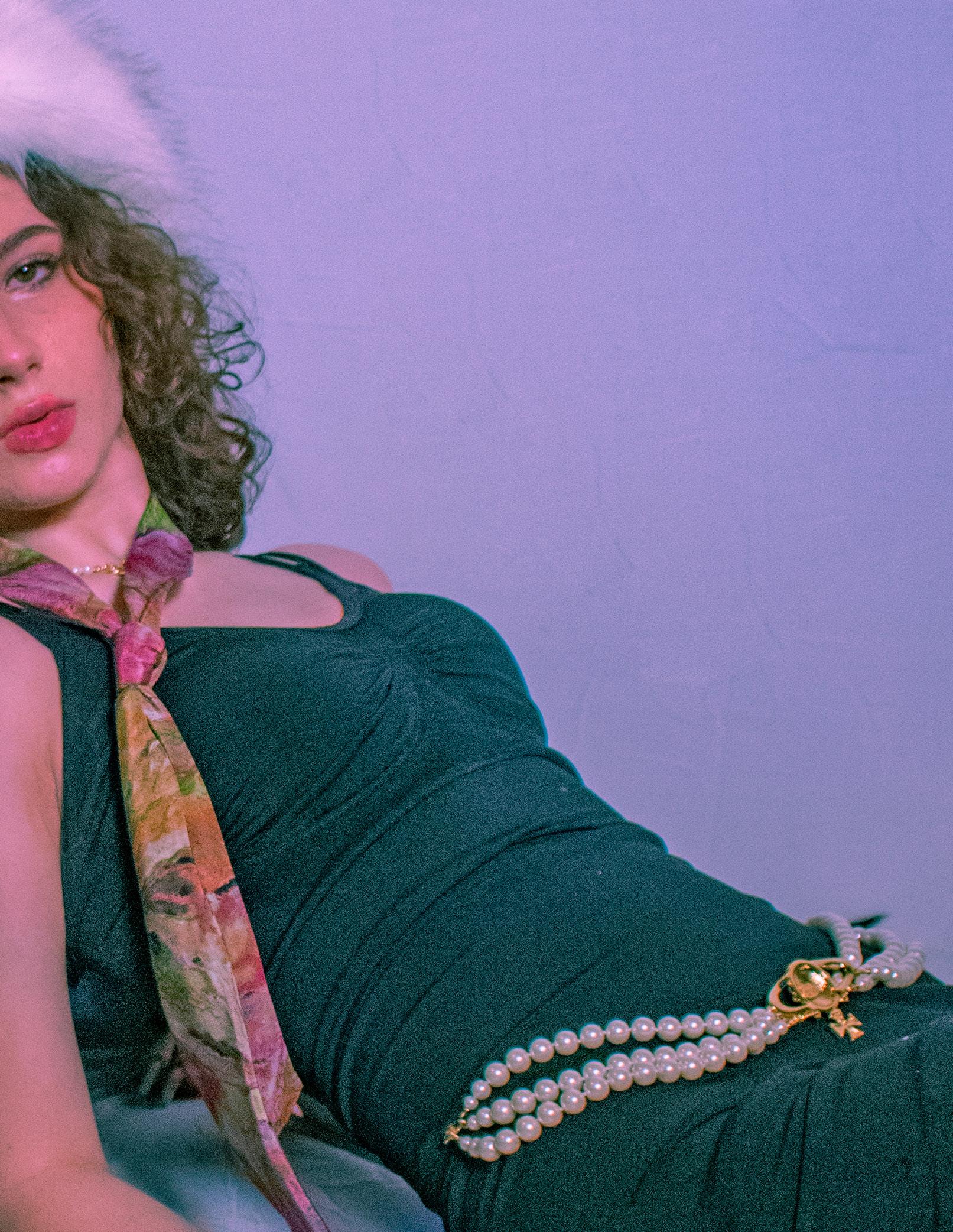
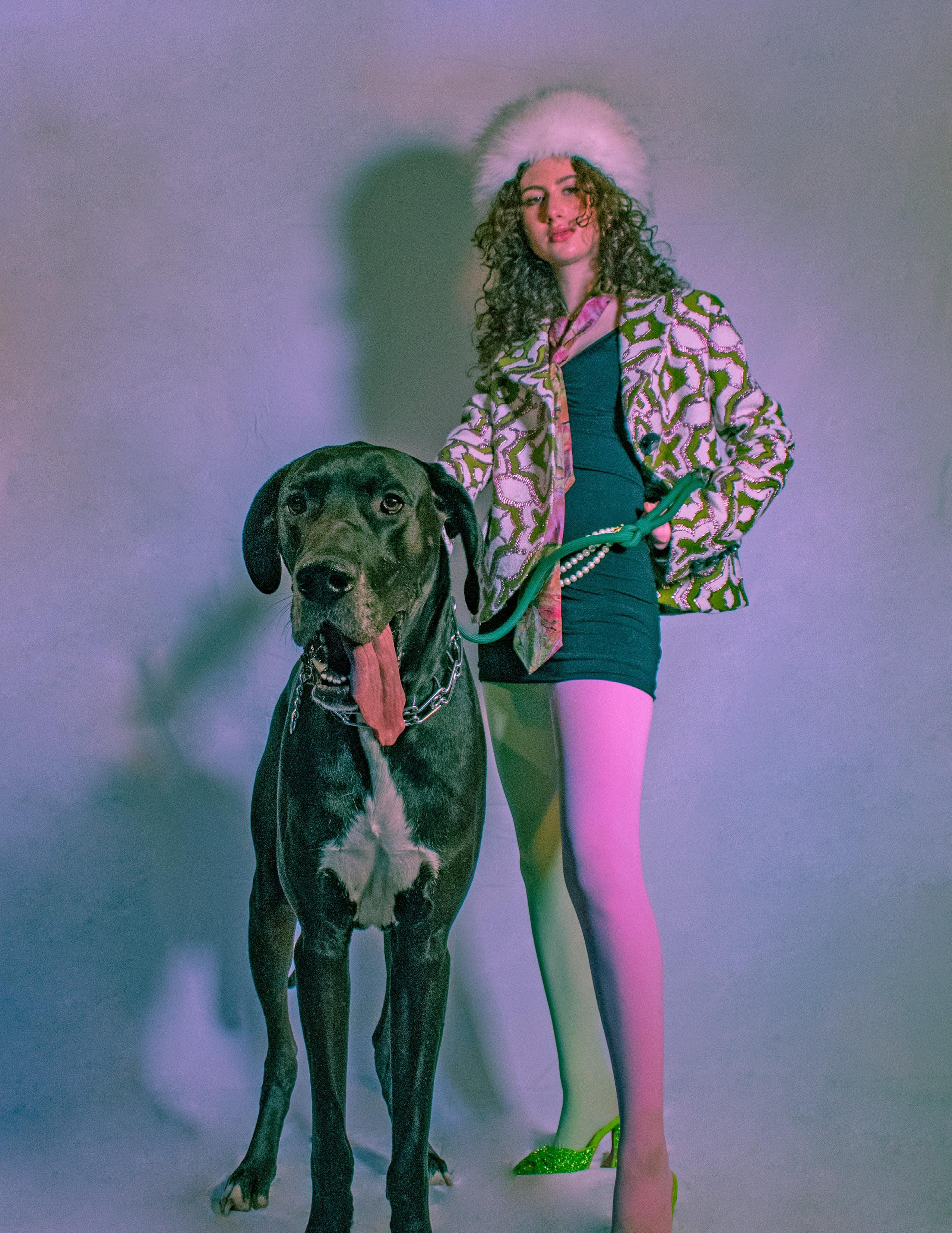
Photographer: Emily Singleton Model: Kate Battershell Layout: Millie Bryant


Layout: Cara Vargas Graphics: Emma Jackson With the recent legalization of marijuana in state governments across the United States, people are beginning to question the validity of its medicinal uses. It’s safe to say that the topic of legalization is controversial and questions have been raised about the drug’s effectiveness, its safety, and who should have access to it. In reality, much of the stigma behind the use of marijuana stems from a lack of information about the subject. A substantial amount of people use cannabis to treat health issues such as anxiety, trauma, insomnia, nausea, eating disorders and chronic pain. Despite its medicinal potential, there are still several negative connotations about marijuana persisting in our society.

Marijuana has a long history dating back to ancient cultures that used the plant for medical treatments, rituals and religious purposes. Marijuana was considered a mainstream medicine in the West until the early 20th century, when prohibitionist sentiments outlawed the drug in some states. Stigmas only grew as racist and classist anti-marijuana campaigns emerged, creating a shift in society’s perception of the drug. Certain stereotypes about the drug became so deeply ingrained in society that, even today, people refuse to acknowledge its potential to treat serious illnesses.
Today, marijuana can either be seen as a saving grace or a menace in society. The normalization of cannabis has caused a lot of debate in recent legalization attempts. Much of the present stigma behind the drug comes from the idea that it’s a “party drug” and used only as a way to get high. Many people claim that it is too easy to get a medical marijuana patient card, which leads to the assumption that people with med cards are abusing their ability to get weed, which is often not the case.
The most common use for medical marijuana in the U.S. is for pain control, especially chronic pain that develops
By: Hadley Dejarnette
through aging. Marijuana is a safer alternative to opiates, because it is far less addictive and it is impossible to overdose. While many studies report that marijuana is useful in treating various illnesses, there is moderate evidence that cannabis users have a higher risk of developing some forms of psychosis In short, it is crucial to remember and experiencing that marijuana is a real medicine. impairment to cognitive Let’s break the stigma. domains. It’s important to conduct more research on the topic in order to get a better idea of the drug’s effectiveness and possible side effects.
Marijuana is still classified as a schedule 1 drug in the U.S., meaning it is considered to have no medicinal value and has a high potential for abuse, however neither of these claims have been supported by scientific or medical research. Marijuana has become stigmatized partly due to the lack of scientific evidence to support its effectiveness and shortage of research funding on the topic. Not only do people who use the drug for therapeutic purposes have to fight with the government, but they have to deal with the extra burden that societal stereotypes put on their reputation.
Medical cannabis patients constantly struggle with finding treatment for their illness and the discrimination that comes along with having to prove a need for it.

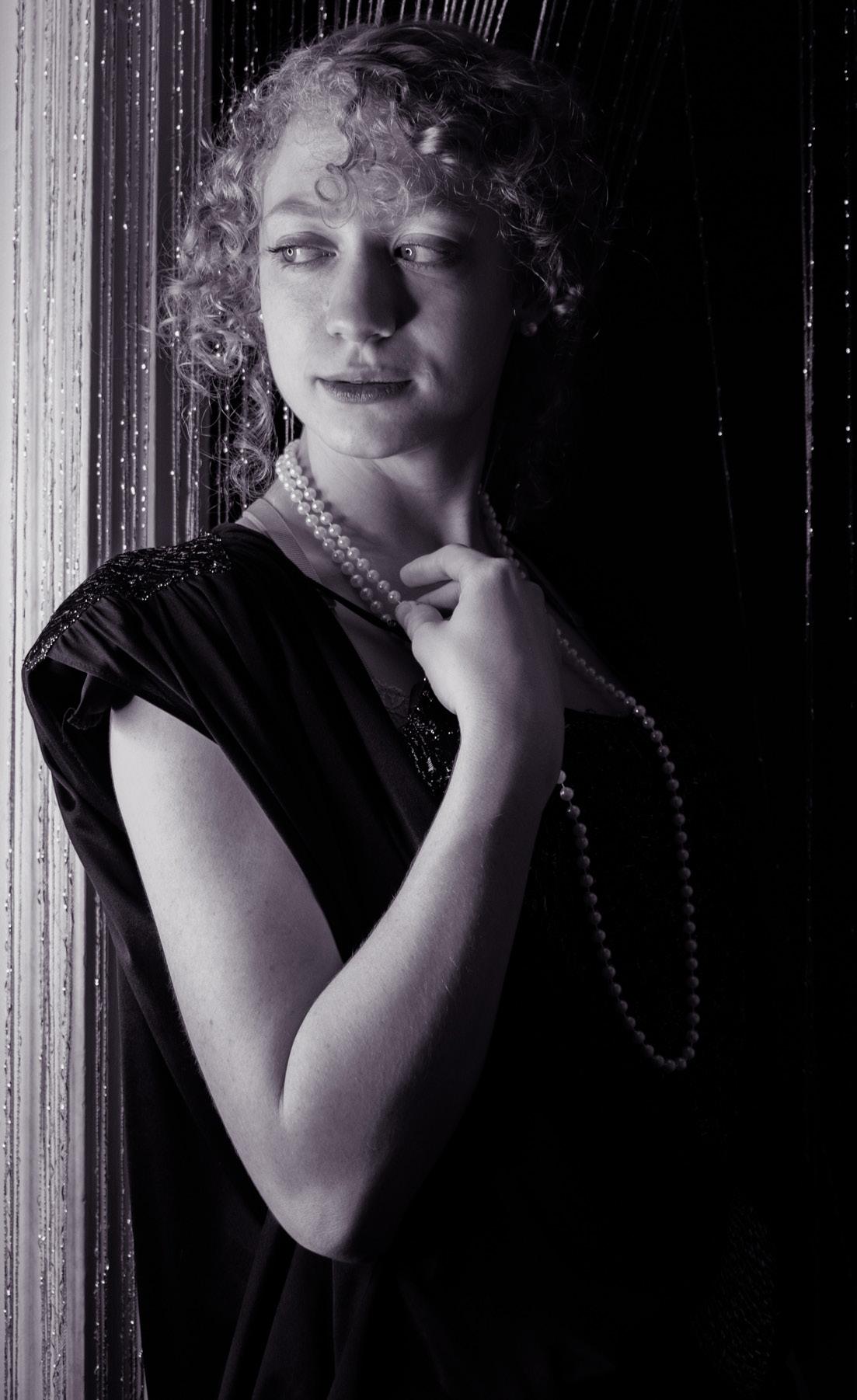
When we look back at 1920s fashion, most people imagine the iconic flapper girl dress, mid-length and embellished with sequins and tassels. Although we may not think of 1920s fashion as a current trend, many designers have mimicked this silhouette, by creating mid-length dresses or adding familiar embellishments. For example, look to Balmain’s embellished mini dress. The 1920s was just the start of the modern-day chic woman and a very influential decade in fashion’s history. By the 1930s, fashion had drastically changed due to the economy. Women went back to wearing full-length dresses that accentuated their waist and fabrics laid close to their body to show off their silhouette. This trend has been repeated multiple times by fashion influencers, and was particularly apparent at Kourtney Kardashian’s 2019 Christmas Eve party. The three dresses featured famous designers, such as Tom Ford, Thierry Mugler, and Jean Paul Gaultier. All three dresses were long, silk, and designed to show off the celebrities’ silhouettes, clearly mimicking the style of the 1930s.
1940 became a very important year for women, when French designer Louis Reard designed the first two-piece swimsuit which clearly became a staple piece in every women’s wardrobe. The high waisted swimsuit has made a comeback in recent years, except this time around features a higher cut on the leg, giving it a modern twist.
1920 to 2020 Fashion trends
Fashion really does repeat itselF.
By: Peyton Hosier
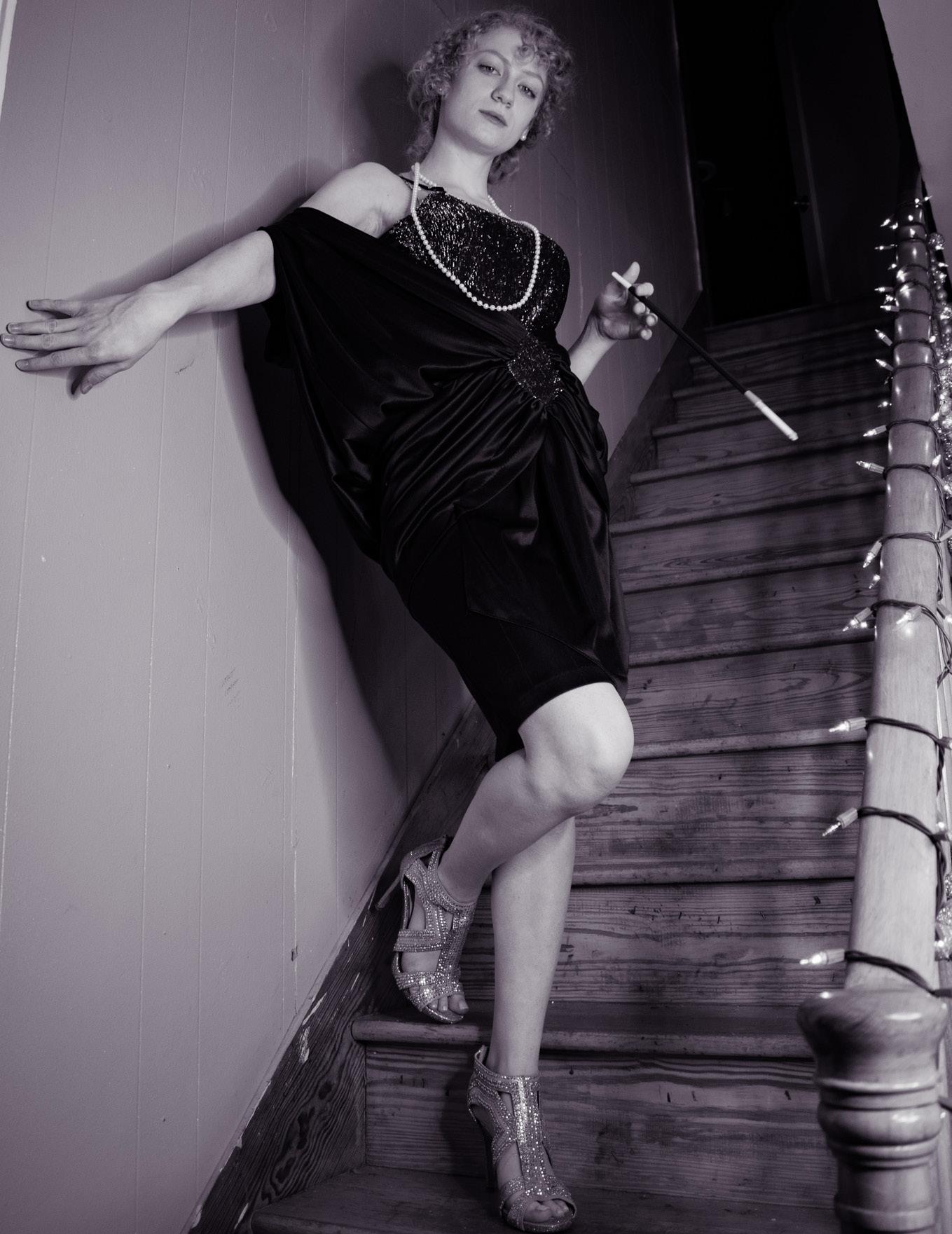
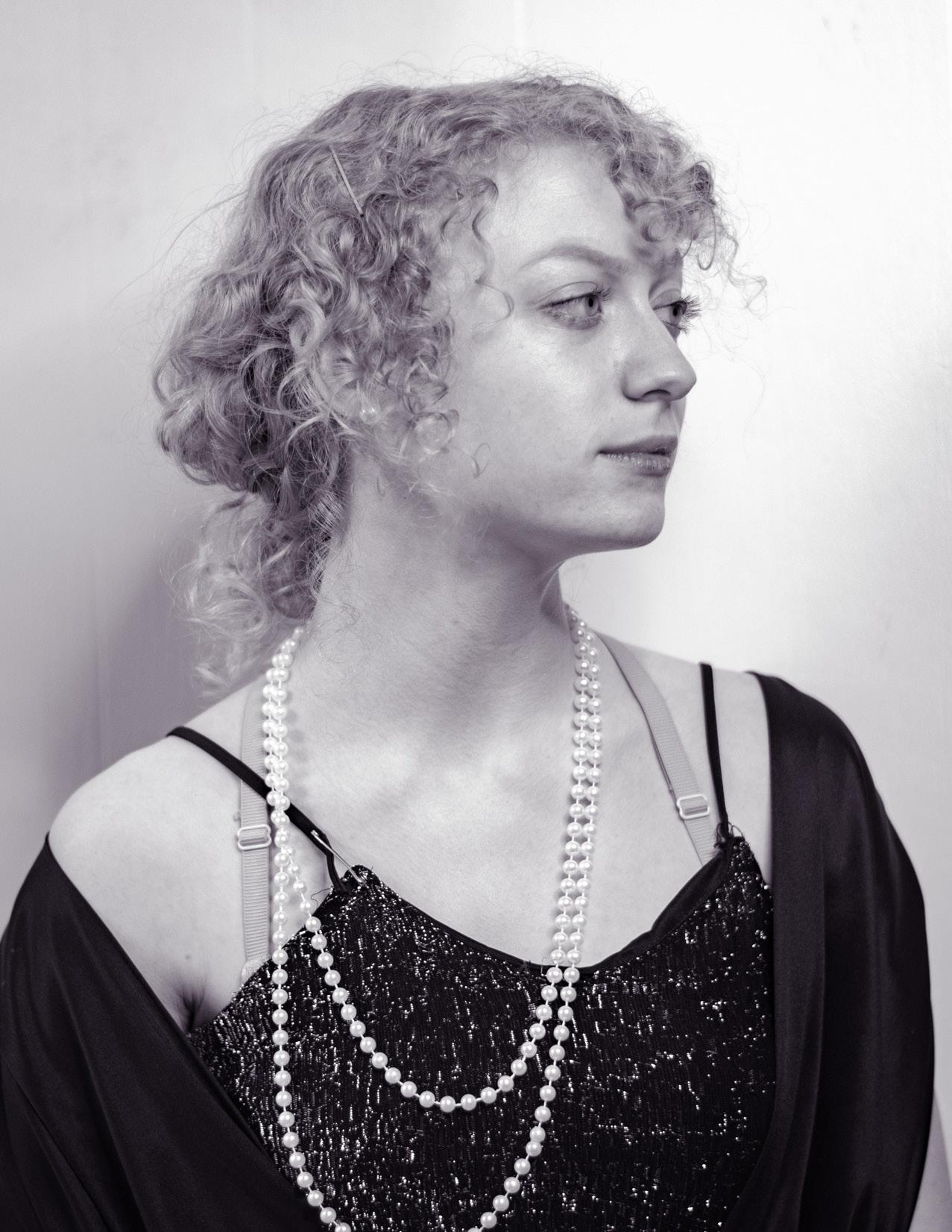
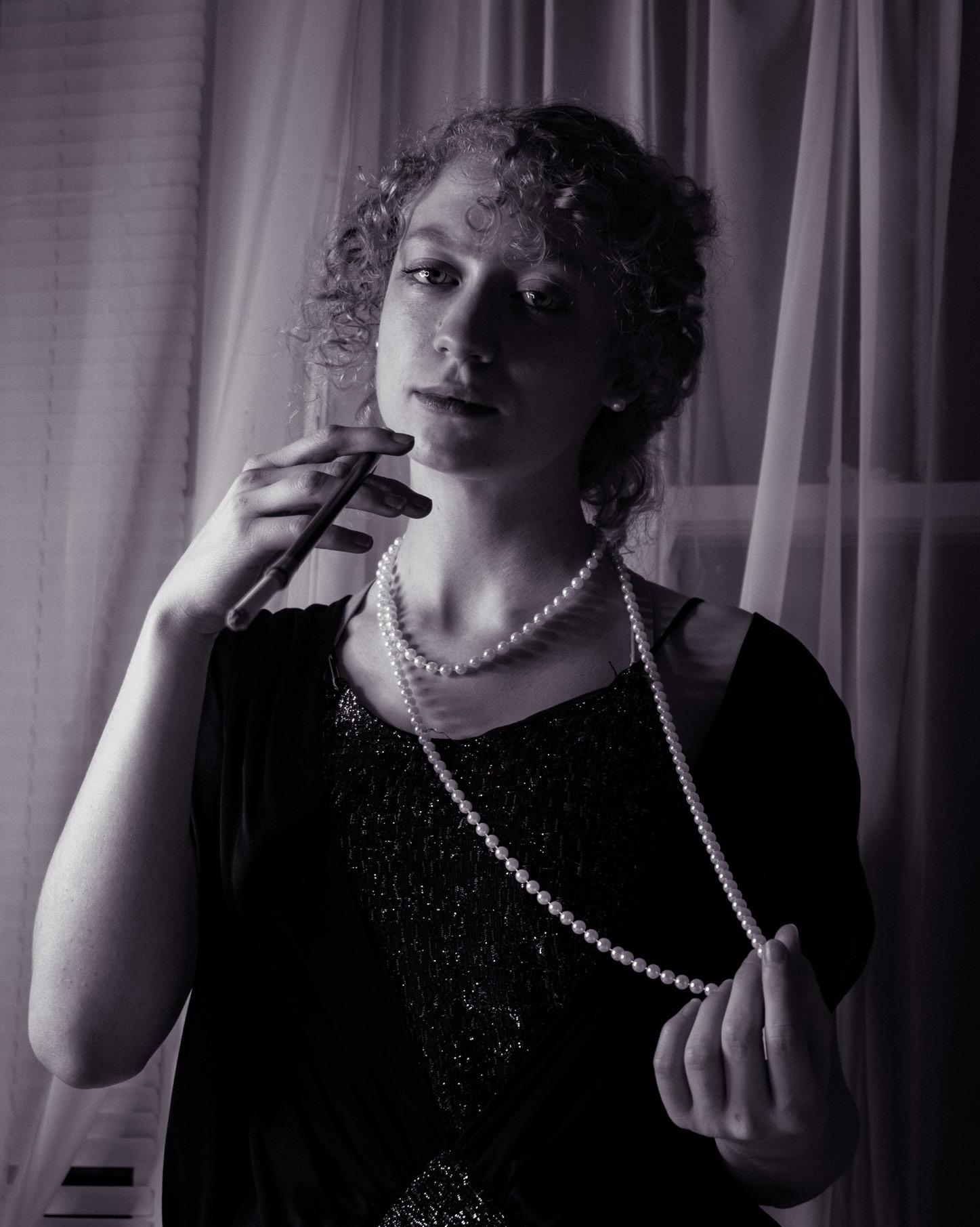
In the 1950s, Christian Dior influenced the dramatic change in women’s silhouette, when he introduced the “New Look.” This decade became known for the mid-length layered skirts and a structured bust. Recently the fashion industry has seen a rise in mid-length skirts and dresses, which can be found on red carpets and other events by celebrities which was influenced by the 50s.
While the infamous “poodle skirt” was popular in the 50s, skirts of the 1960s were short and sweet. The 60s became the first decade to introduce the miniskirt, which is a staple in women’s closets today. This changed the look of women’s silhouettes yet again and brought a new air of confidence and rebellion to the social scene. The miniskirt marks a pivotal time in history, serving as a symbol of freedom and rebellion much like the flappers of the 1920s. Today, women are seen wearing miniskirts every day, channeling confidence and connecting fashion to feminism and social change.
Although miniskirts were every woman’s obsession during the 60s, the women of the 1970s traded in their skirts for bell bottom jeans. Bell bottoms were not only a trend for women but also men, making them a memorable fashion statement throughout fashion history. Currently, as we see skinny jeans fading out, higher-waisted and wider-cut jeans have made an appearance in stores and on celebrities such as Selena Gomez and Bella Hadid
“The bigger the better” was the name of the game in the 1980s. This was not only shown in the defining hairstyles of the decade, but also in the sleeves of garments. This time birthed the idea of extreme shoulder pads, which are now being used in blazers, shirts, and dresses. Voluminous, exaggerated sleeves were added to nearly every garment in the 80s, creating a statement that no one ever thought would come back. But lo and behold, extravagant sleeves made an appearance in designer pieces. These sleeve details are often seen in Rebecca Hessel Cohen’s design work for LoveShackFancy. Almost all of her recent collections feature sleeves with inspiration directly tied back to the 80s.
Celebrities became very influential in the 1990s, and gained a bigger role in controlling fashion trends. Household names such as Paris Hilton, Winona Ryder, and supermodels Kate Moss and Naomi Campbell paved the way for new trends. The 90s gave us the rise of teen spirit, as women left the “modest is hottest” idea in the past. This sense of rebellion introduced the slip dress. Today, slip dresses with a cowl neckline have been very popular across the fashion industry, and can be found in almost any trendy retail store or worn on any influencer’s Instagram feed.
In the 2000s, the silhouette of women’s fashion completely changed and lowcut everything was in. Specifically, low-rise sweat suits like the Juicy Couture ones that we all know and love became a staple item that every girl had in her closet. Over time, these sweat suits went out of style and served only as a nostalgic anecdote, until 2020 when athleisure took off. Matching joggers and sweatshirts became everyone’s go-to outfit to lounge in during quarantine, closely mirroring the trends of the early 2000s.
By 2010, sneakers rose in the ranks of fashion, as they transitioned away from solely activewear and into everyday wear. Sneakers became a must-have piece, not only in women’s closets but also men’s. Both women and men were found dressing up sneakers for work, nice events, and trendy streetwear looks. The 2010s became the first decade to introduce athleisure, which is still a hugely defining trend in 2021. Today, women pair sneakers with dresses or skirts, introducing a modern twist and bringing an element of versatility to womenswear.
As 2020 rolled around, everyone was excited for a new decade and many celebrations, however COVID-19 had other plans. 2020 forced everyone to reevaluate their perspective on fashion, trends, and far beyond. More people would choose joggers and sweatshirts over dresses and heels, which has modified the trends that we see today. Looking back 100 years ago, 1920 was known as The Jazz Age, and people’s entire lifestyles revolved around getting dressed up every night to attend lavish parties. Fast forward to 2020, when everything came to a screeching halt.
It is crazy to take a deeper look at how much fashion can change based on what is occurring in the world. Although every decade is characterized by a certain garment or style, fashion continues to repeat itself while simultaneously reinventing itself. Where will the fashion cycle take us next? Only time will tell.
